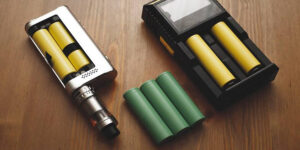Lithium-ion batteries power the majority of e-cigarettes, making understanding their safe usage crucial for vapers. This guide covers essential tips for purchasing, using, and maintaining these batteries to ensure a safe vaping experience.
Should I Buy Cheap Batteries?
No. Purchasing high-quality lithium-ion batteries from reputable suppliers is crucial. Many cheap counterfeits, come with misleading labels and exaggerated performance claims. These batteries can be dangerous and a waste of money. Investing in reliable, high-quality batteries ensures safety and longevity.
What Is Inside a Lithium-Ion Battery?
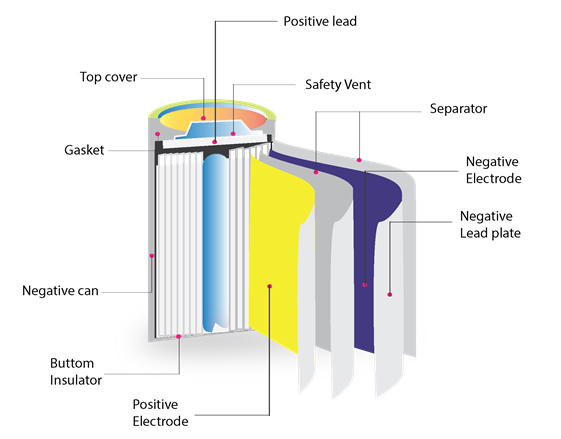
A lithium-ion battery consists of several cells, typically comprising a positive cathode and a negative anode. The electrolyte facilitates ion movement between the anode and cathode, with a separator preventing direct contact between them. This design is essential for preventing short circuits and thermal runaway, both of which can cause the battery to vent dangerously.
How Does a Battery Work?
When ions reach the cathode, they release electrons that travel along a circuit created when the fire button is pressed, returning to the anode and generating new ions. This continuous flow of ions and electrons generates the power needed for the e-cigarette to function.
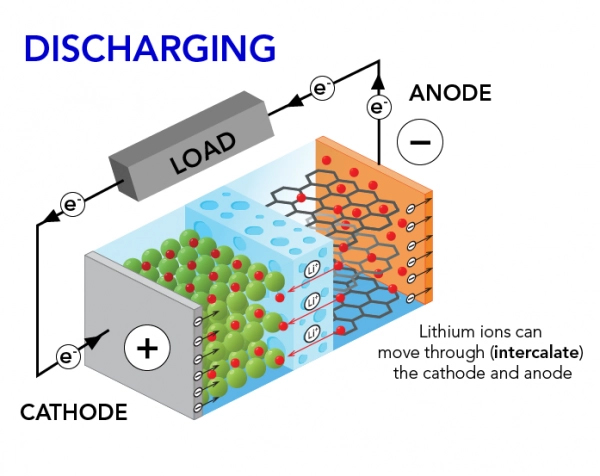
What Is the Maximum Current Output of a Battery?
Different battery models have varying current values. The lower the coil’s ohms, the higher the amperage required from the battery. Batteries have two ratings: continuous discharge rating (CDR) and pulse discharge rating (PDR). To determine the required battery current rating, use the formula:
Required Battery Current Rating = 4.2 volts divided by the coil resistance value.
How to Calculate Coil Resistance?
Tools like Steam Engine‘s coil calculator can help determine the coil resistance. Accurate resistance calculation ensures safe and efficient battery usage, preventing overloading and potential hazards.
What Is mAh?
mAh stands for milliampere-hour and indicates how long the battery can last on a single charge. A higher mAh value means the battery will last longer before needing a recharge. Choosing the right mAh for your needs can enhance your vaping experience and reduce the frequency of recharging.
Understanding Ohm’s Law
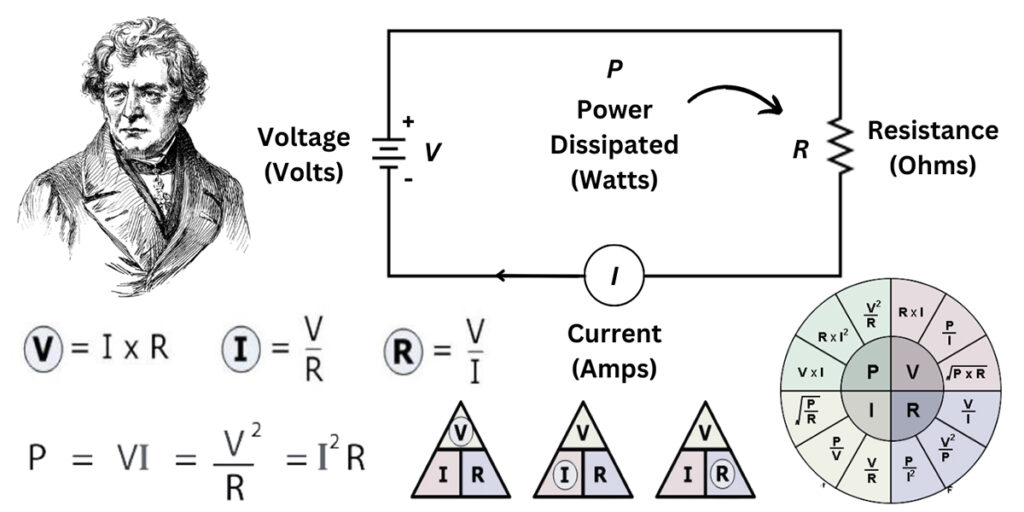
Ohm’s Law relates voltage (V), current (I), and resistance (R) in an electrical circuit: V = I × R. Understanding this relationship helps vapers choose the right battery and coil combination to ensure safe and efficient operation.
What Is a Short Circuit?
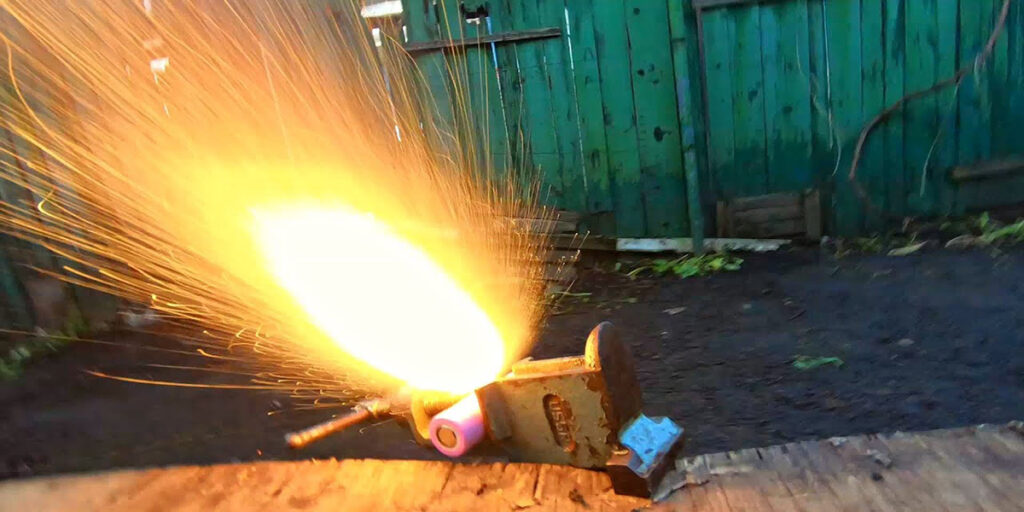
A short circuit occurs when the atomizer coil fails to provide resistance to the current, allowing electrons to bypass the coil and return to the battery quickly. This can cause the battery to heat up rapidly and potentially lead to thermal runaway if uncontrolled.
Why Are Short Circuits Dangerous?
Short circuits cause current to flow much faster than the battery is designed to handle, leading to rapid overheating. This can trigger thermal runaway, where the battery’s chemicals decompose, potentially causing the battery to vent or explode.
What Is Thermal Runaway/Venting?
Thermal runaway occurs when a battery overheats, causing the chemicals inside to decompose and the anode and cathode to contact each other. To prevent explosions, batteries are designed to vent gases from the positive end. Proper venting is crucial for safety.
What If My Battery Heats Up but Doesn’t Vent, Can I Still Use It?
If a battery heats up but doesn’t vent, it may still have internal damage. Dendrites, tiny filaments that form between the anode and cathode, can increase the risk of future leaks. It’s best to dispose of and replace any battery that has overheated to avoid potential hazards.
Are Venting Batteries Dangerous?
Venting batteries are dangerous only if the released gases have no escape route. Ensure your device has adequate venting holes to allow safe gas release. Mechanical mods without proper venting can build up pressure, leading to accidents.
How Long Do Batteries Last?
Battery performance decreases with time and the number of charge cycles. While some batteries can last for years, safety-conscious vapers often replace them annually to ensure optimal performance and safety.
Where Should I Buy Batteries?
Always buy lithium-ion batteries from reputable vape shops or professional battery suppliers. Avoid purchasing from eBay or Amazon, where counterfeit and low-quality batteries are common.
Do Batteries Vary in Quality?
Yes. Higher-quality batteries offer better performance, longer lifespan, and greater reliability compared to cheaper alternatives. Investing in the best-performing and safest batteries ensures a more satisfying and secure vaping experience.
How to Charge Batteries?
Use quality charging devices from reputable sources. If charging inside your device, only use the provided cable. Never leave charging batteries unattended or charge them overnight. Consider using a charging bag for added safety.
Can I Overcharge Lithium-Ion Batteries?
Not if you use a quality charger from a reputable source. Modern chargers have safety features to prevent overcharging, ensuring your batteries remain safe and functional.
How to Recycle Lithium-Ion Batteries?
Many stores offer battery recycling points, or you can take them to your local recycling center. Proper disposal is essential for environmental safety and compliance with regulations.
What About Mods with Built-In Batteries?
The same safety guidelines apply to mods with built-in batteries. Use the provided cable for charging and handle any damage with care. If the mod is dropped or gets wet, consider replacing it to avoid potential safety risks.
How to Carry Batteries?
Never carry batteries loosely in your pocket or bag. They might contact metal objects, causing a short circuit. Use plastic battery cases, which are inexpensive and widely available, to ensure safe transport.
What If My Battery Swells or Leaks, What Should I Do?
Recycle it immediately—do not use it. Swelling or leaking indicates internal damage, which can be hazardous.
What If the Plastic Wrapping on My Battery Is Damaged, What Should I Do?
Do not use a battery with damaged wrapping. Replace the wrapping with a new one from a vape shop or battery supplier. You can use a hairdryer to apply the new wrapping easily.



